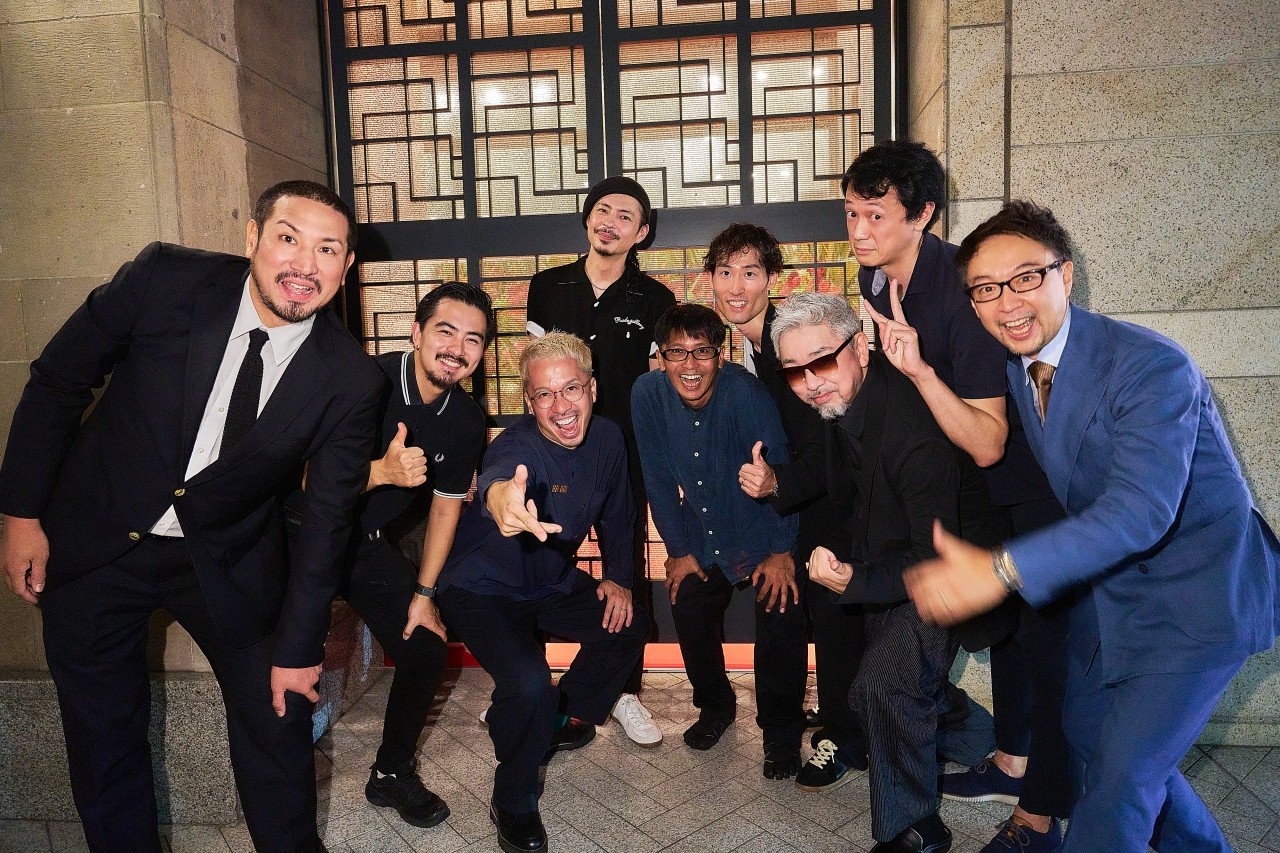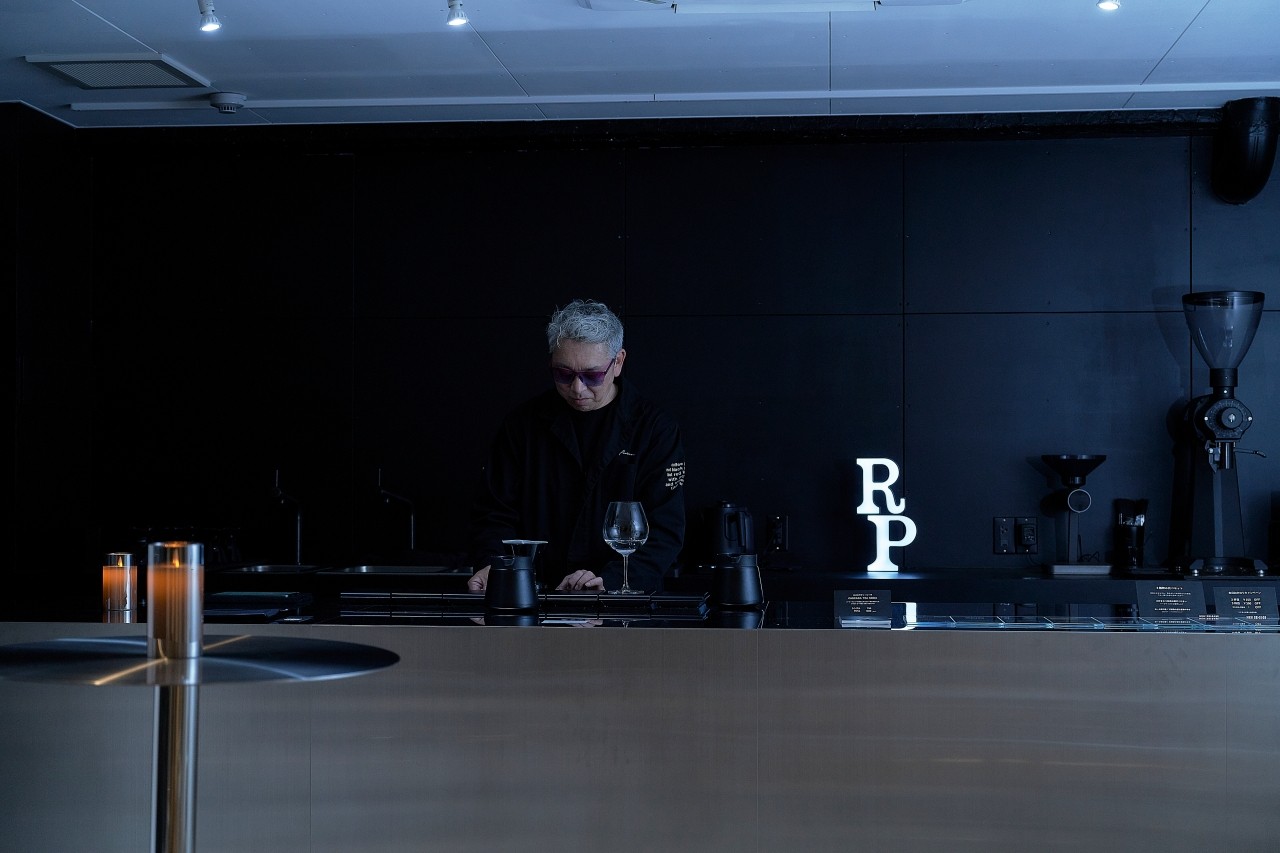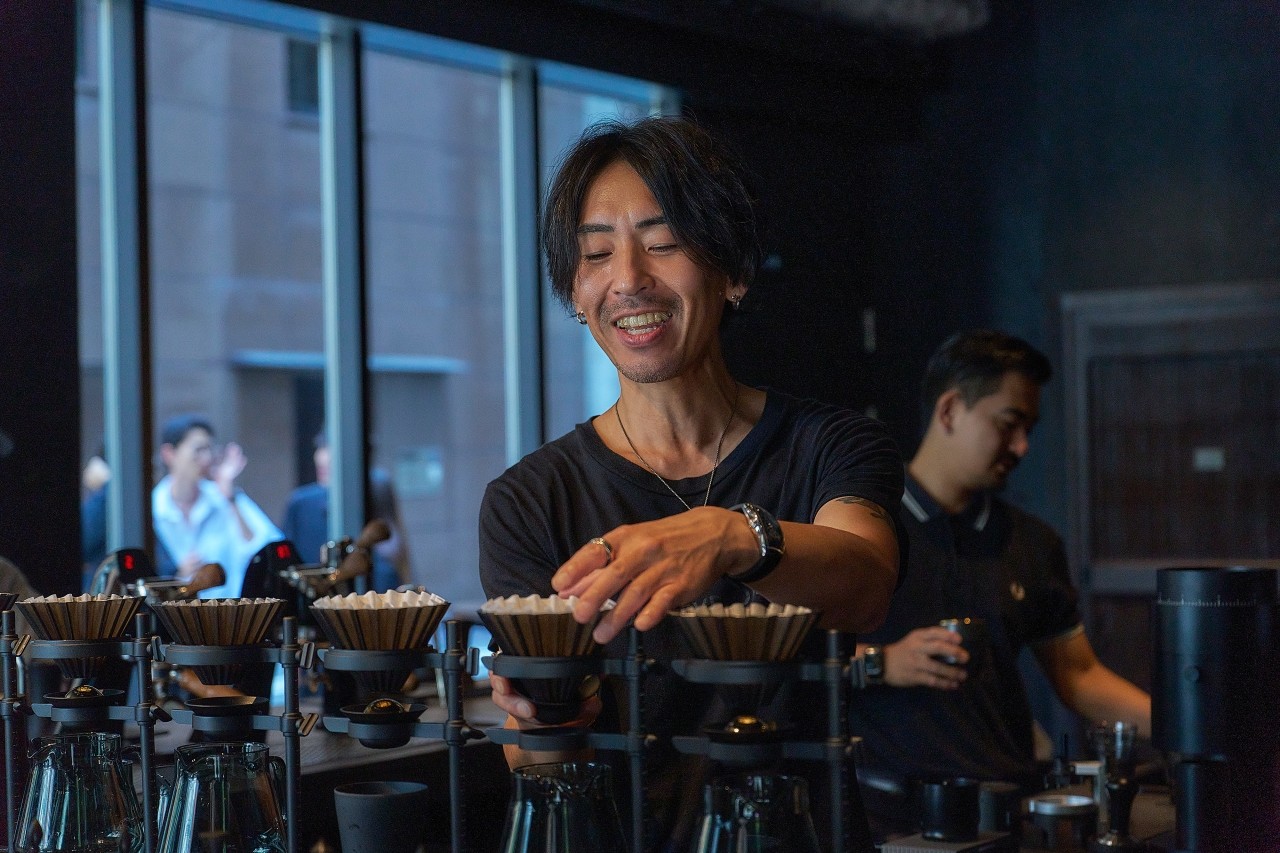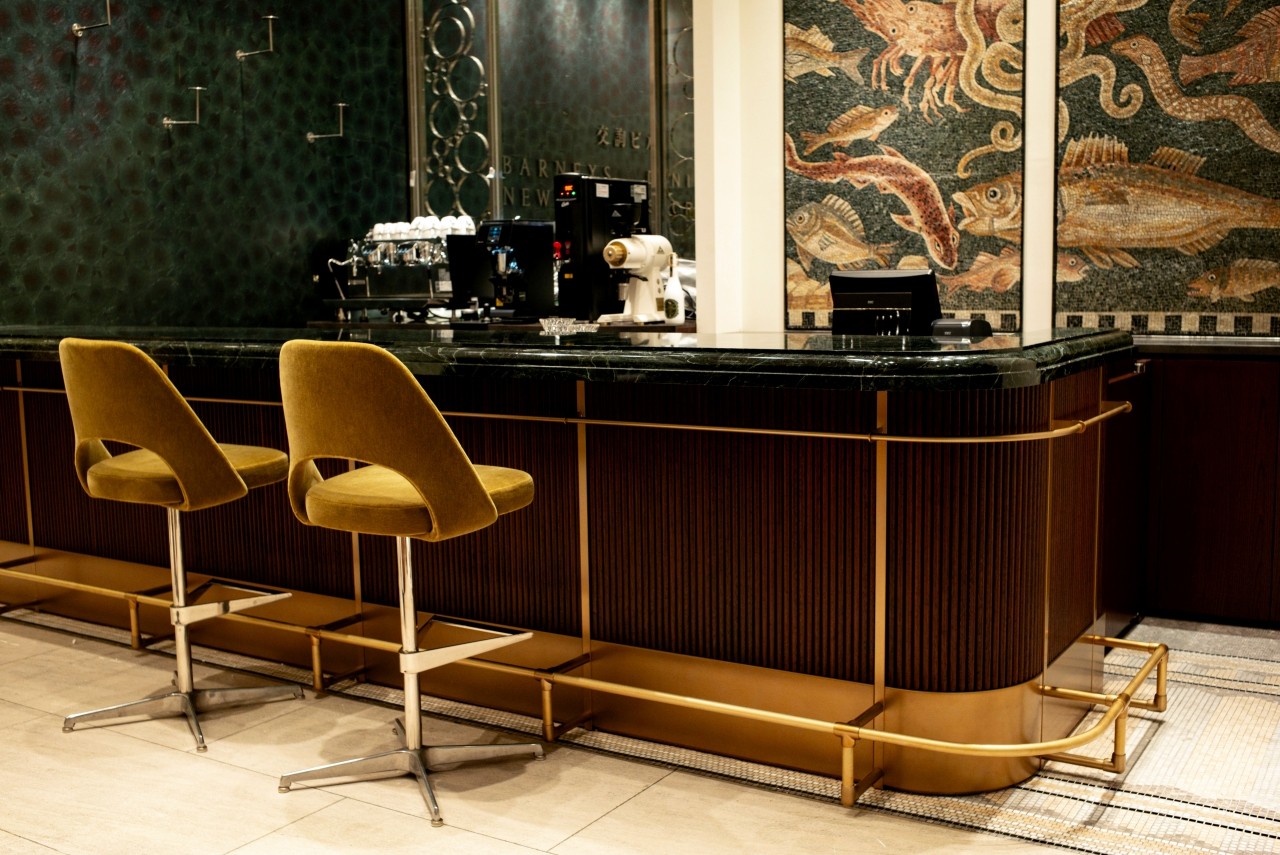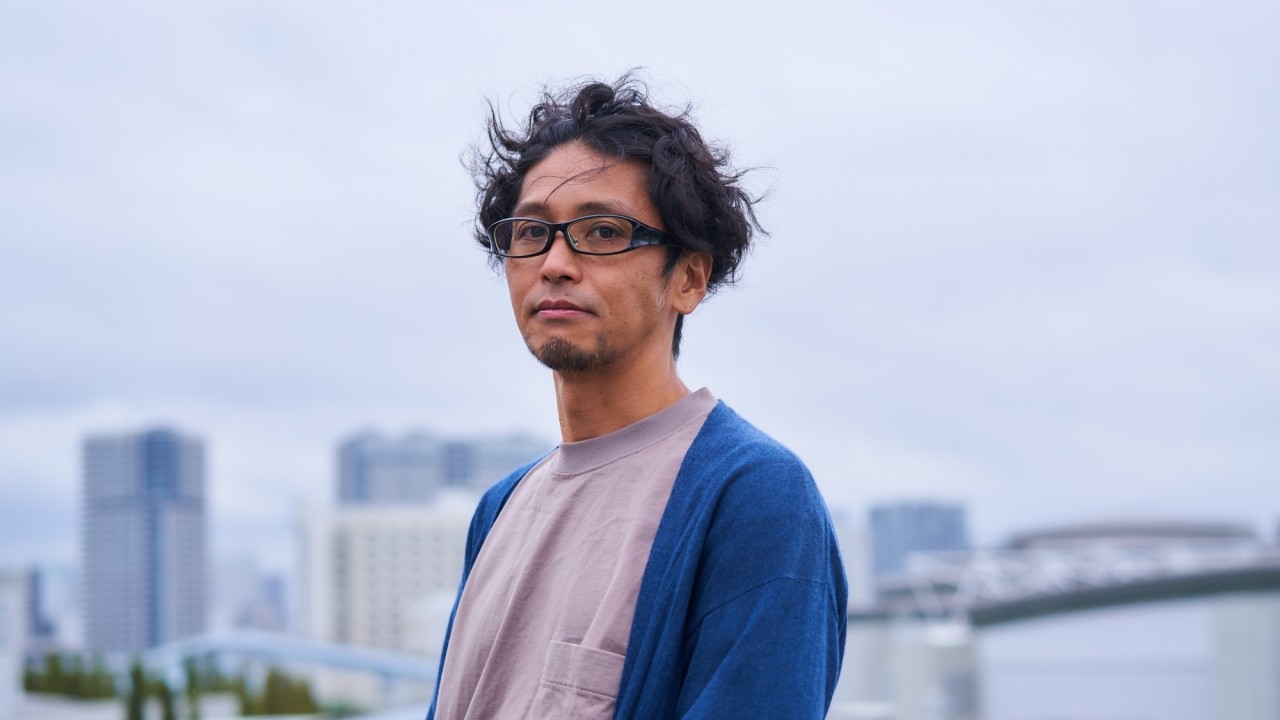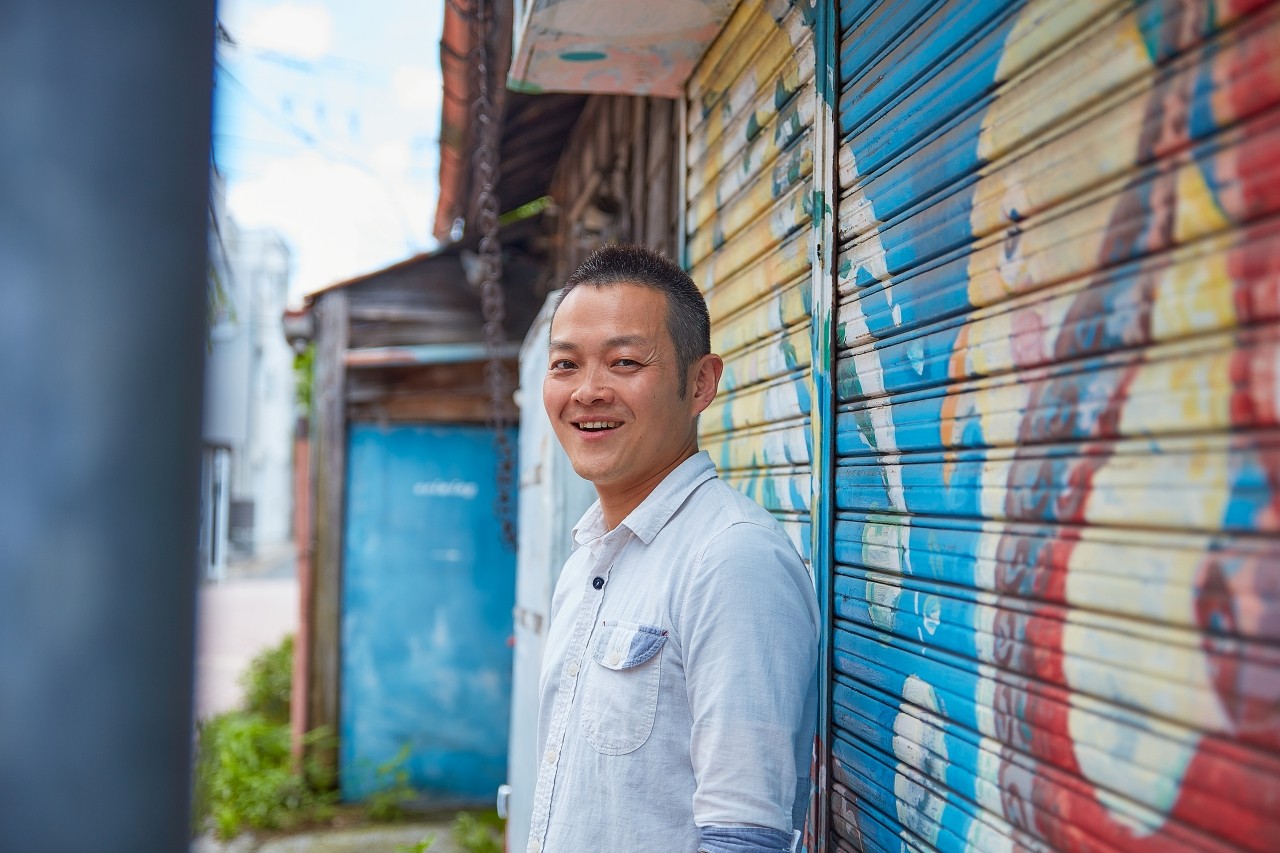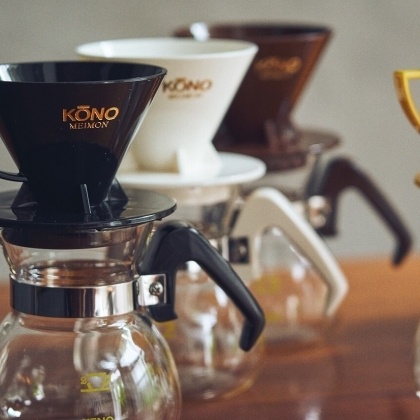What is specialty coffee? (Basic version)

The term "specialty coffee" is used to refer to high-quality coffee.
I would like to think about this specialty coffee again. Let's first check its definition.
I would like to think about this specialty coffee again. Let's first check its definition.
Coffee with “distinguished characteristics”
The Specialty Coffee Association of Japan (SCAJ) defines it as follows: I'll quote it, although it's a little long.
The flavor of the liquid coffee in the cup held in the hands of the consumer (coffee drinker) is wonderfully delicious, and the coffee is satisfying because the consumer evaluates it as delicious.
Great-flavored coffee has a distinct and impressive flavor profile, a refreshing bright acidity profile, and a lingering coffee note that fades into a sensation of sweetness.
In order for the flavor in the cup to be wonderfully delicious, it is essential that a consistent system, process, and quality control be implemented at every stage from coffee beans (seeds) to the cup. (From seed to cup)
Specifically, green beans must have been properly cultivated, harvested, processed, sorted, and quality controlled in the country where they are produced, and have extremely low levels of defective beans.
Furthermore, the roasted beans must be properly transported and stored so that they are roasted without deterioration, and no defective beans can be found in the roasted beans.
Additionally, proper extraction is required so that the cup exhibits the great flavor characteristics characteristic of the region of origin.
In this way, coffee has distinct flavor characteristics, such as bright acidity and sweet aftertaste, and is said to be a coffee that is properly handled from production to extraction. As an additional note, it states that ``the concepts of sustainability and traceability are important.''
I think it's a common misconception that specialty coffee is not defined as a specific cupping protocol.
These criteria are used to determine whether a coffee is specialty coffee. Specifically, this means coffee that has earned a score of 80 or higher using the SCAA method.
I will discuss this in more detail in the future, but I would like to take a look at the origin of the term specialty coffee. This term was first proposed in the United States in the 1970s.
I think it's a common misconception that specialty coffee is not defined as a specific cupping protocol.
These criteria are used to determine whether a coffee is specialty coffee. Specifically, this means coffee that has earned a score of 80 or higher using the SCAA method.
I will discuss this in more detail in the future, but I would like to take a look at the origin of the term specialty coffee. This term was first proposed in the United States in the 1970s.
Concept proposed in America

In 1978, Erna Kunutsen, president of the American roaster Kunutsen Coffee, stated at the International Coffee Congress in France that ``the distinctive flavor brought about by the microclimate of a special geographical environment''. He proposed the name ``specialty coffee'' for ``coffee with unique characteristics.''
The term "microclimate", which sometimes appears in explanations of coffee brands, may be unfamiliar, but it basically refers to the characteristic climate (temperature, rainfall, humidity, etc.) and land conditions (such as temperature, rainfall, humidity, etc.) of a very small area. soil, altitude, etc.)
Microclimate is also said to be the equivalent of terroir in wine.
Coffee with a unique (of course positive) flavor that was born from this process was called specialty coffee.
Although the United States was the largest consumer of coffee at the time, there were concerns that the quality of the coffee being handled in order to ensure consumption was declining, and the idea was proposed to improve quality. This definition was inherited by the Specialty Coffee Association of America (SCAA), which was established to develop common standards for coffee.
The term "microclimate", which sometimes appears in explanations of coffee brands, may be unfamiliar, but it basically refers to the characteristic climate (temperature, rainfall, humidity, etc.) and land conditions (such as temperature, rainfall, humidity, etc.) of a very small area. soil, altitude, etc.)
Microclimate is also said to be the equivalent of terroir in wine.
Coffee with a unique (of course positive) flavor that was born from this process was called specialty coffee.
Although the United States was the largest consumer of coffee at the time, there were concerns that the quality of the coffee being handled in order to ensure consumption was declining, and the idea was proposed to improve quality. This definition was inherited by the Specialty Coffee Association of America (SCAA), which was established to develop common standards for coffee.
The Specialty Coffee Association of America (SCAA) and the Specialty Coffee Association of Europe (SCAE) merged in 2017 to form the Specialty Coffee Association (SCA).
Through these efforts, ``specialty coffee'' with new value was born from coffee, which until then had been just a standard commodity in the United States.
In addition, the system of paying for quality stimulates the motivation of producers, and research into new varieties, soil development, fertilizer development, and production processing methods is conducted, which is represented by the Cup of Excellence (COE). Auctions like this one will become more common, and transactions with roasters in consuming countries will also begin to take place.
Today, the ties between producing regions and consuming countries have become stronger, and the concept of "From Seed to Cup" from producers to consumers has further developed. Specialty coffee, which emphasizes traceability, is becoming more diverse.
So, what are the evaluation criteria for these specialty coffees? What is your relationship with Cup of Excellence (COE)? Is the concept of specialty coffee = light roast correct? I would like to delve into these questions in subsequent articles, so please wait for the sequel.
If you want to enjoy coffee more deeply
" CROWD ROASTER APP"
Manabu at CROWD ROASTER LOUNGE
・Push notifications for article updates・Full of original articles exclusive to CROWD ROASTER
・Direct links to detailed information about green beans and roasters
App-only features
- Choose green beans and roasters to create and participate in roasting events・CROWD ROASTER SHOP: Everything from beans to equipment is readily available
・GPS-linked coffee map function


